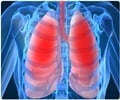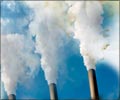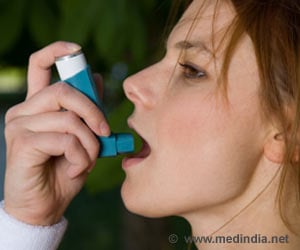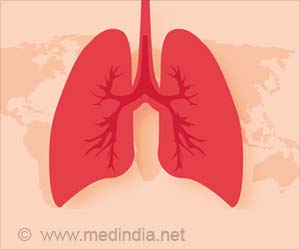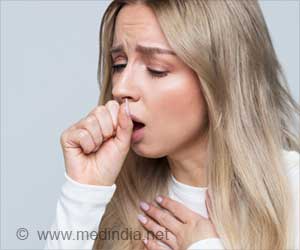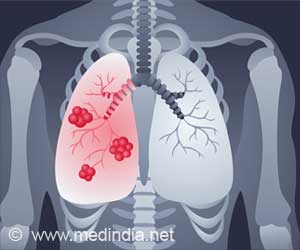
‘Exposure to ambient air pollutants, especially ozone, was associated with increasing emphysema progression based on up to five repeated CT scans over 10 years.’
Tweet it Now
Computed tomographic (CT) scans were used to assess changes in emphysema (measured for density as a percentage of lung pixels) and lung function testing was done. Levels of outdoor air pollutants (ozone, fine particulate matter, oxides of nitrogen and black carbon) at each participant's home were estimated. Ambient ozone exposure, but not the other pollutants, also was associated with decline in lung function.
Limitations of the study include that outdoor air pollutant concentrations may not reflect everything about an individual's air pollutant exposures, and outdoor concentrations don't explain all of the variations in concentrations of pollutants indoors, where most people spend the majority of their time.
Authors: Joel D. Kaufman, M.D., M.P.H., University of Washington, Seattle, and coauthors (doi:10.1001/jama.2019.10255)
Editor's Note: The article includes conflict of interest and funding/support disclosures. Please see the article for additional information, including other authors, author contributions and affiliations, financial disclosures, funding and support, etc.
Advertisement




